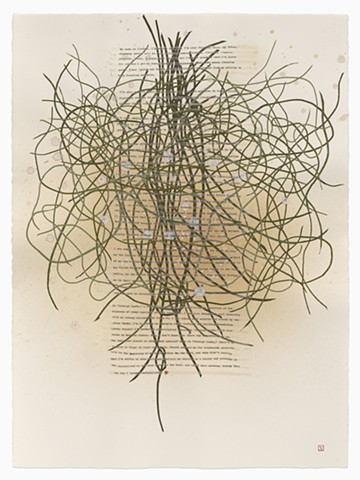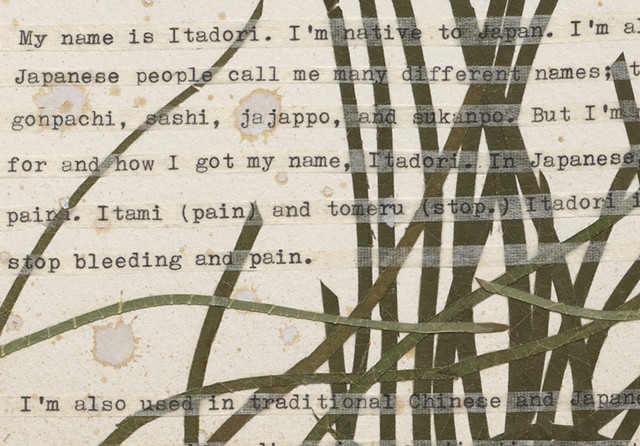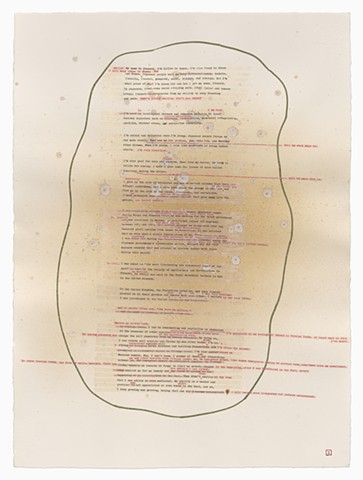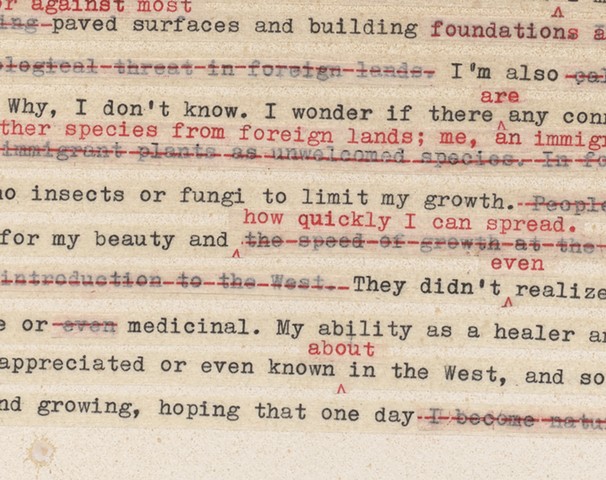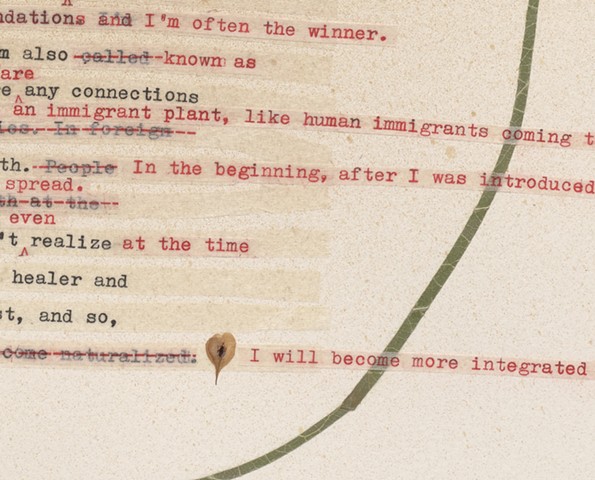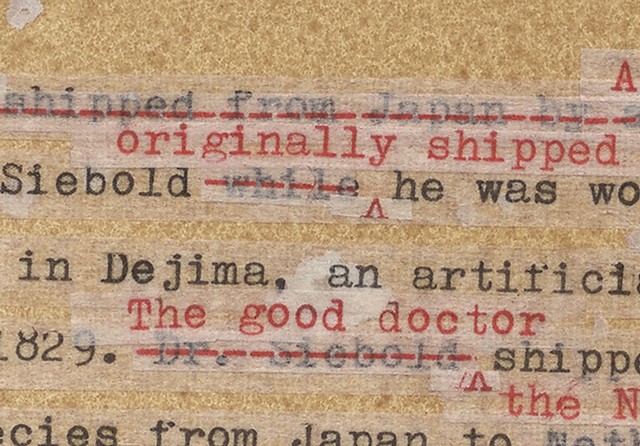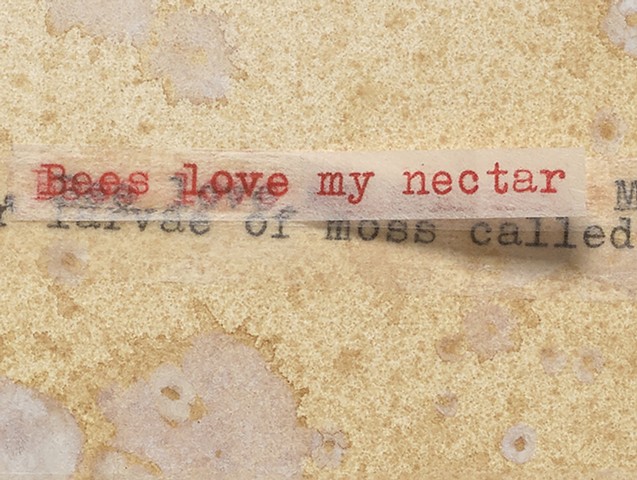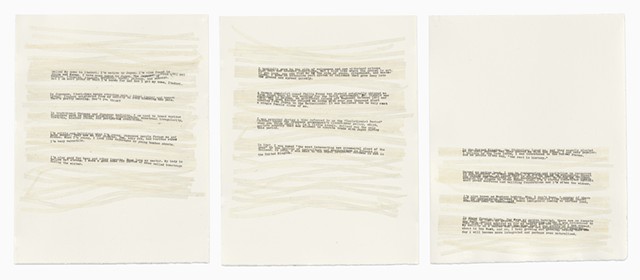Biographical information of Fallopia japonica as told to me by Itadori
Biographical information of Fallopia japonica as told to me by Itadori
2022 – 2023
Mixed media on paper
I chose to work with Fallopia japonica (Japanese knotweed) which is native plant in my home country, Japan, but it is considered one of the worst invasive plants anywhere else according to the World Conservation Union. Since the colonialism took place in the 15th century, over 13,000 species have been recorded as alien plant species (van Kleunen, Dawson, Essl, 2015), and Japanese knotweed is widely regarded to be among the most intractable plant. Itadori is a Japanese name for Japanese knotweed.
Scientists are trying to find a way to destroy Japanese knotweed on both sides of the Atlantic Ocean as they regard this species as a serious threat to biodiversity and it is legislated against in some US states, and in UK, there’s extremely stringent legislation for disposal of soil contaminated with Japanese knotweed (Bailey, 2013).
Plants have been moved around the world and introduced to the new regions by birds and animals, but mostly by human activities for hundreds of thousands of years. Some introduced plants can spread rapidly without their competitors and insects or fungi to keep their growth in balance and become invasive in their new environment. As global trades and human migration expanded since the colonialism took place, humans have greatly altered the biotic borders and created accumulation of alien plants everywhere. This continues to grow at an accelerated speed.
My work examines the role of human activities in erosion of ecosystems and biotic borders which is deeply entangled with our histories. The binary perspective of native and alien brings fear without truly understanding the role of human activities in altering ecosystems and complicated relationships between humans and non-human life.
The story in my work tells undertold histories of Japanese knotweed told with the imagined voice of Itadori. I used Japanese knotweed leaves I collected from the areas where I volunteer as a trail steward, and incorporated the edits made by my friend who is a native English speaker. Her story tells the entangled histories of anti-Asian and anti-immigrant sentiment with foreign species as Itadori wonders about binary categories of native and invasive species.
Over the months of collecting Japanese knotweed leaves, I began noticing that some insects were eating its leaves. Itadori in my work tells that one day she hopes to become naturalized. My observation of insect activities reminded me of nature’s capability of adaptation, and I, too, wonder that what we consider invasive in the present moment becomes naturalized in the future and be considered as an integral part of the whole ecosystems.
References:
Bailey J. (2013), The Japanese knotweed invasion viewed as a vast unintentional hybridisation experiment. Heredity, 110(2), 105–110. https://doi.org/10.1038/hdy.2012.98, retrieved on May 28, 2023.
van Kleunen, M., Dawson, W., Essl, F. et al. (2015), Global exchange and accumulation of non-native plants. Nature 525, 100–103 https://doi.org/10.1038/nature14910, retrieved on May 20, 2023.
